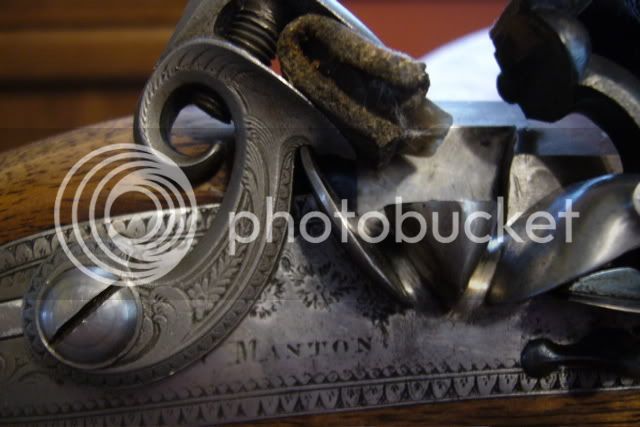longrifle89
32 Cal.
- Joined
- Oct 14, 2010
- Messages
- 45
- Reaction score
- 0
I've read a few articles and heard on a bunch of youtube videos that most factory locks need to be "tuned" to give optimal performance.
What exactly does this entail? Do any of you have a standard procedure you do to your new locks? I can't imagine being able to do anything to it besides re-hardening the frizzen, or maybe replacing the mainspring...
What exactly does this entail? Do any of you have a standard procedure you do to your new locks? I can't imagine being able to do anything to it besides re-hardening the frizzen, or maybe replacing the mainspring...






